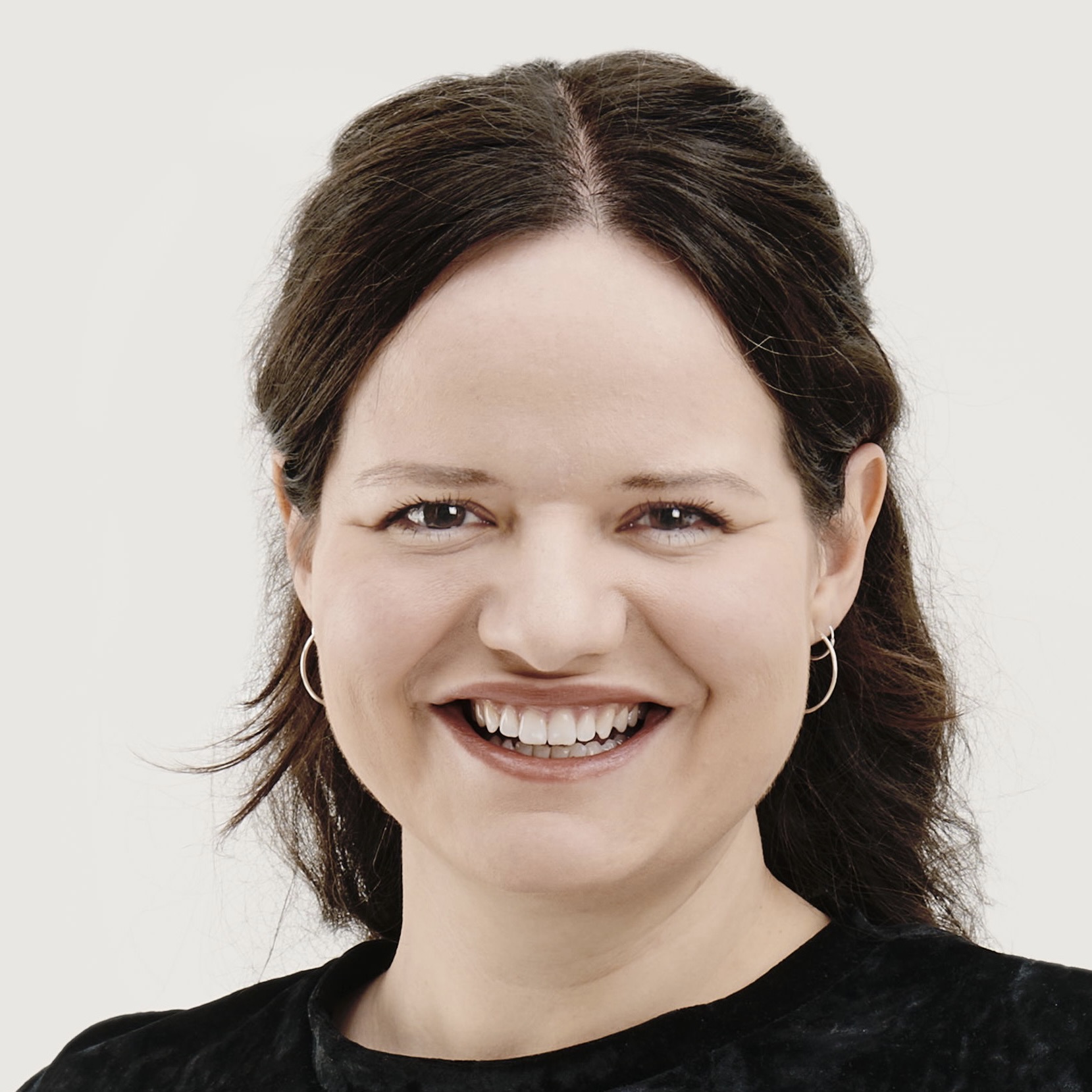Sophie Brunner
Hello world 👋
I'm Sophie, a Web Developer from Nuremberg, specializing in Accessibility.
This is my fun little side project aka my personal website .
About me
Present
I'm currently working as a web developer at tollwerk GmbH — one of Germany's leading agencies for accessible communication. In my role, I focus on developing modern, inclusive websites, ensuring they meet high standards in accessibility, usability and performance.
My day-to-day work includes- developing accessible frontends using HTML, CSS, and JavaScript,
- testing websites and web apps according to WCAG and BITV standards,
- and collaborating closely with UX designers and backend developers to deliver robust solutions.
Past
Before that, I worked in various roles as a project manager and educator. During and after my studies in cultural studies, musicology, and education, I organized music education projects for the NDR Radiophilharmonie and the Bavarian Radio Symphony Orchestra, and later taught at a general education school.
Even back then, my work centered around structuring information, understanding different perspectives, and communicating clearly — skills that continue to shape my approach to development today.
My interest in digital media had always been present. I studied media as a minor subject and managed the NDR Radiophilharmonie's website as a student assistant. Over time, I evolved this interest into a new professional path.
Work in progress.
Projects
Descriptions of exemplary corporate projects I have worked on:
Sustainability Dashboard
In this project, the goal was to create an accessible dashboard to showcase the client's efforts toward achieving the United Nations' 17 Sustainable Development Goals.
While the backend team handled data structuring, I focused on
making the data presentation in the frontend both accessible and
user-friendly using
We applied a progressive enhancement approach, ensuring core information remained accessible to all users. Special attention was given to animations, where we implemented controls to stop SVG animations for users who might be affected.
Complex UI components like cards with flip effects and accessible tooltips and toggle tips were implemented to ensure a seamless user experience.
Accessible test application
For this project, we aimed to develop an accessible language test application, building on a previous accessible prototype.
The challenge was to extend the functionality of the JavaScript code so that user responses could be automatically extracted from the HTML markup and displayed at the end of the test.
Since the application needed to function offline, we ensured it could run locally via the file protocol without requiring a backend or database.
Results were stored using the browser's native print functionality, making the app easy to use without an internet connection while maintaining full accessibility.
My approach to web development
I learned web development from teachers who emphasized the fundamentals: HTML, CSS, and JavaScript. I was only introduced to frameworks once I understood how things work under the hood.
One sentence that stuck with me is:
You don't need a drill to hammer a nail into the wall.
Tools and frameworks can be
incredibly useful, but they must provide real value. For this website,
I built on the basics — plain and simple.
When collaborating with designers, I deeply respect their work and strive to translate it as faithfully as possible into the digital space. However, I also recognize that the web is inherently unpredictable, and as a front-end developer, I can only make suggestions about how the browser will interpret my code. I draw a lot of inspiration from the insights of Miriam Suzanne and Jeremy Keith on this topic.
